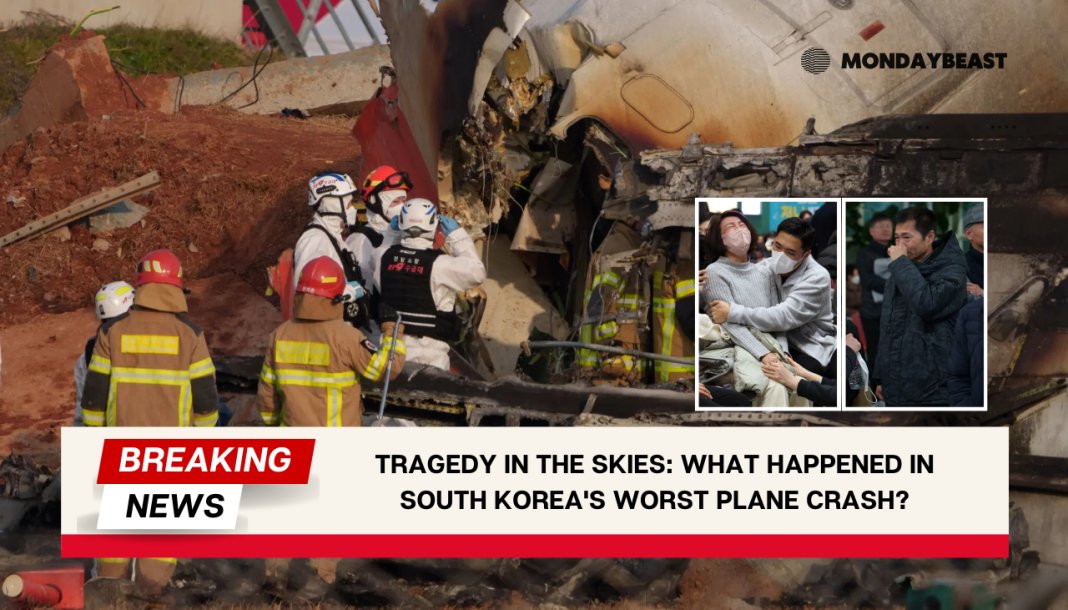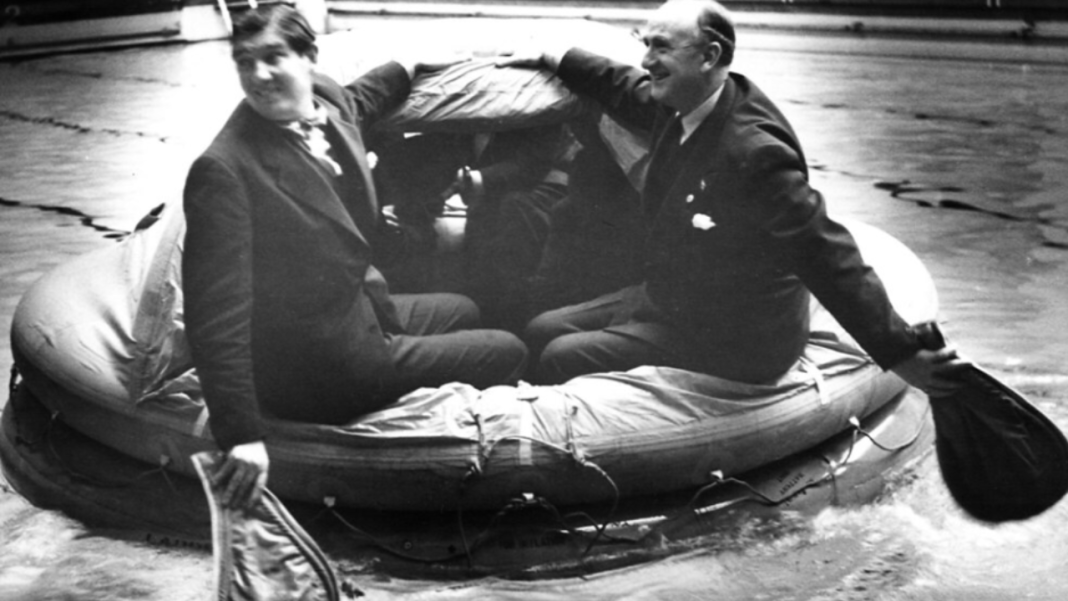A Shocking Incident
On Sunday morning, the skies above South Korea turned from a routine blue to a dark omen. A flight carrying 181 souls met a tragic fate. The Jeju Air Boeing 737-800 crash-landed at Muan International Airport after issuing a mayday alert. The air filled with smoke and flames when it hit a barrier before bursting into an orange fireball. The horror of such a scene, can you even imagine?
The disaster left the nation and the world stunned. As the sun graced the horizon, 179 lives were lost. Only two emerged from this tragedy, the resilient crew members hanging on for dear life. But what went wrong? Speculation swirled around a potential malfunction or perhaps nature’s intervention with a possible bird strike. Each detail adds another layer to this heart-wrenching story.
What Could Have Caused This?
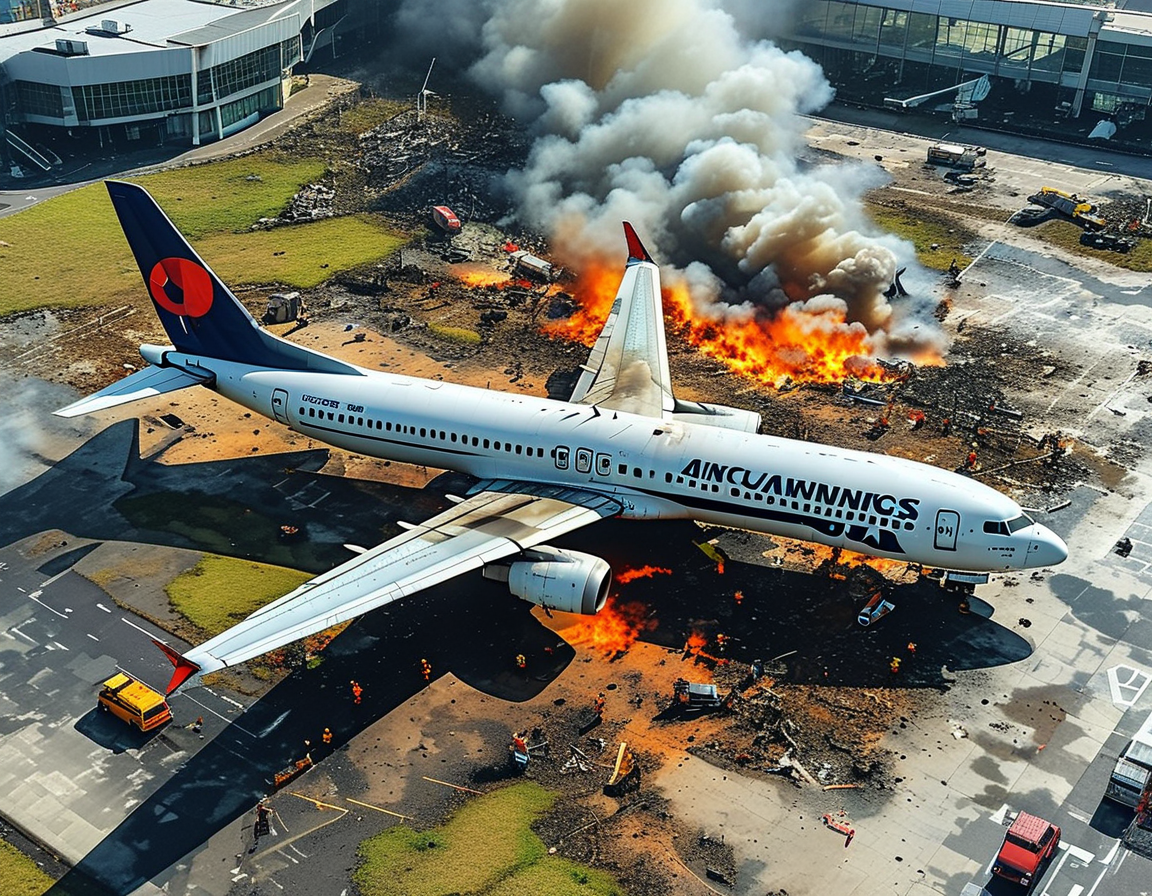
Officials began probing the multiple facets of this disaster. They hinted at a possible issue with the landing gear, sparking debates among aviation experts. When flight systems fail, the consequences can be disastrous. Could this have been a maintenance oversight? Or did the bird strike truly play a role? The truth remains elusive.
The muddy tidal flats near Muan International Airport often serve as a resting ground for migrant birds. Local media even showcased flocks nearby on the fateful day. Meanwhile, footage revealed one of the engines flickering to life with brief flames. Was this a sign of impending doom? Questions linger like dark shadows.
Haunting History
This was not the first time danger loomed over South Korea’s skies. The nation has witnessed its share of tragedies, with the most devastating being the 1997 Korean Air crash in Guam that took 229 lives. It’s heart-wrenching to think that nearly 30 years later, history seems to echo. How can an airline, steadied by years of routine checks, face such unprecedented calamity?
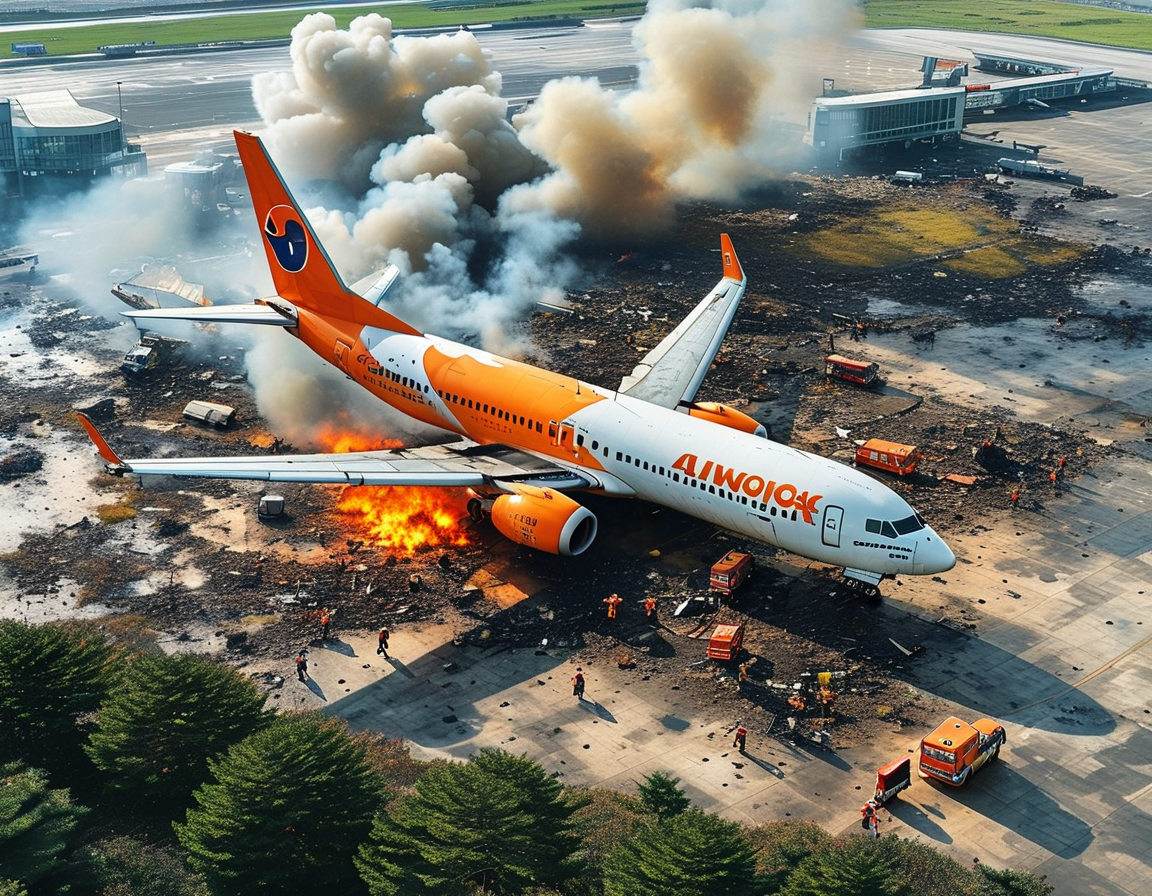
Jeju Air’s recent operational history raises eyebrows. Just days before, the aircraft had to divert for a medical emergency. Had that brief disruption set off a chain of events that would lead to tragedy? Or was it simply a series of unfortunate coincidences? Aviation, while statistically reliable, remains a fragile balance between man, machine, and the skies.
Investigations and Insights
The investigations promised to be thorough, but any conclusions will likely take time. Experts suggest that multi-facted issues are often at play in such accidents. Will this tragedy prompt a reevaluation of safety protocols? Each piece of evidence must be diligently examined, but what if critical lapses go unnoticed?
In the days that follow, responses will evolve. Safety inspections will intensify across airlines, and public anxiety will undoubtedly grow. How many planes failing to meet standards would it take to shift the industry? Could a single incident redefine trust in commercial flying?
A Professor’s Perspective
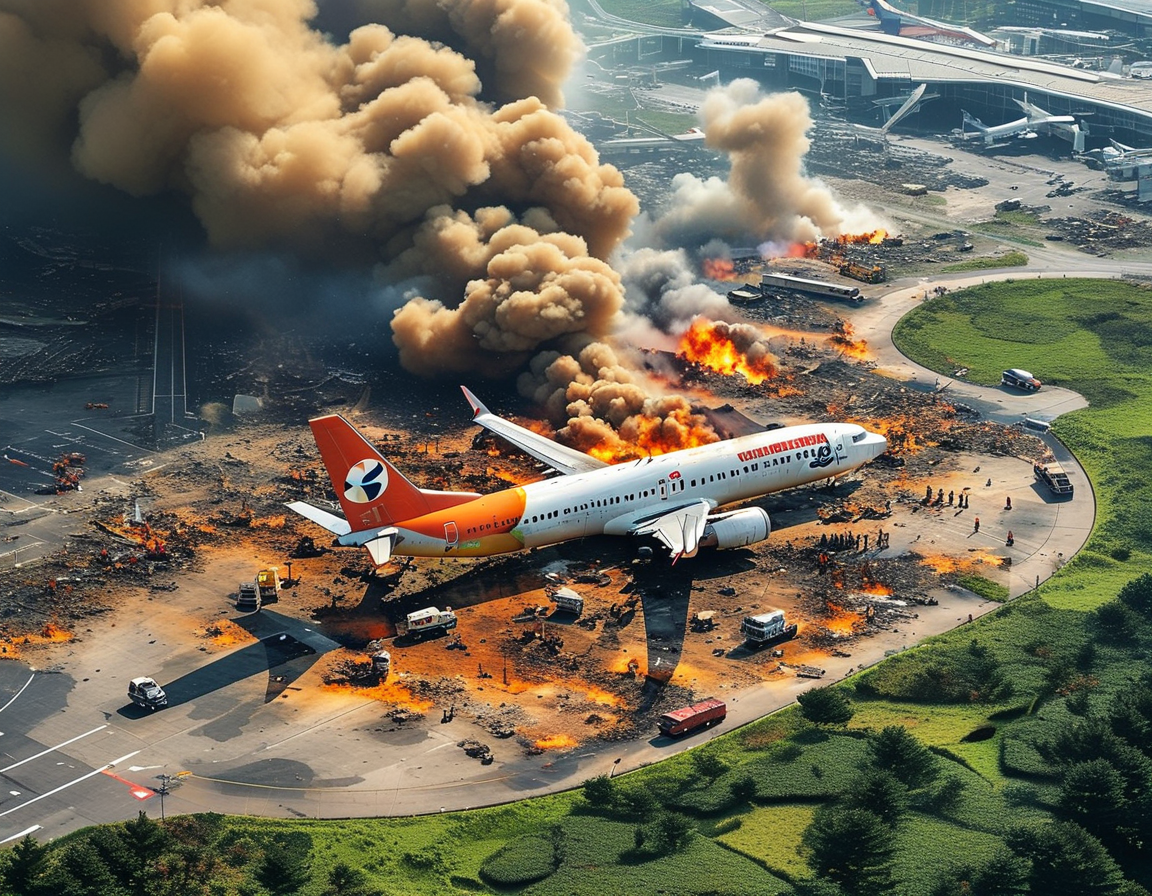
Experts like Najmedin Meshkati have weighed in. He elaborated on the Boeing 737-800’s strong safety history. A model that has served worldwide, underwent rigorous engineering designs. So, was this a rare anomaly? Perhaps operational protocols faltered at a critical juncture.
The statistics offer reassurance: thousands of these aircraft operate daily. Yet, within that data lies personal loss and tragic stories. Each flight is more than just a number; it carries families, hopes, and dreams. Have we become desensitized to these numbers, forgetting the real lives behind them?
The Road to Recovery
The impact of this disaster echoes beyond immediate numbers. Grief-stricken families left to reckon with the loss can stir a national dialogue. How do communities heal after such tragedies? Will South Korea’s air travel landscape change forever? A calling for reflection emerges.
In the coming weeks, we will likely see a surge in discussions about aircraft safety, maintenance standards, and the emotional toll on survivors. Are we prepared to confront these realities? The engagement might spark movements advocating for stricter regulations. There is strength in unity when it comes to safety in the skies.
As we process this tragedy, we must hold close the memories of the victims. Every story deserves to be told. In an age where technology binds us, will it also bring accountability? How can we ensure that the sky remains safe for future generations? One can only hope.

